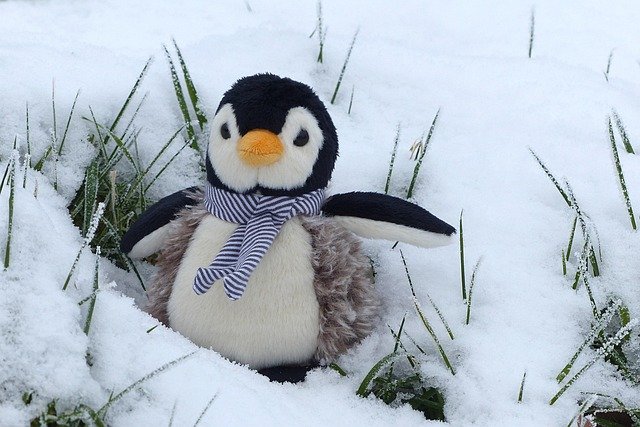"Unraveling the Mysteries of Penguin Communication: How These Adorable Birds Use Sound and

Unraveling the Mysteries of Penguin Communication: How These Adorable Birds Use Sound
Penguins, with their charming waddles and tuxedo-like appearances, have captured the hearts of many. But beyond their endearing looks lies a complex world of communication that is both fascinating and essential for their survival. In this post, we will explore how these remarkable birds use sound to convey messages, establish social bonds, and navigate their icy habitats.
The Vocalizations of Penguins
Penguins are known for their diverse range of vocalizations. Each species has its own unique calls, which serve various purposes:
Mate Attraction: During the breeding season, male penguins often engage in elaborate vocal displays to attract females. Their calls can range from loud brays to softer coos, each designed to showcase their fitness and desirability.
Chick Communication: Parent penguins and their chicks develop specific calls that help them recognize each other in crowded colonies. Chicks emit high-pitched peeps, while parents respond with distinctive calls, ensuring they can locate one another amidst the cacophony of sounds.
Territorial Calls: Some species, like the Emperor Penguin, use specific calls to establish and defend their territory. These vocalizations can deter intruders and reinforce social hierarchies within the colony.
Alarm Calls: Penguins also use sound to signal danger. Alarm calls can alert other members of the colony to the presence of predators, prompting them to take cover or flee.
The Science Behind Penguin Sounds
Researchers have been studying the acoustic properties of penguin vocalizations to better understand their communication. Here are some fascinating findings:
Frequency and Pitch: Different species of penguins produce sounds at various frequencies, which can help them stand out in a noisy environment. For instance, the Gentoo Penguin's calls are characterized by a distinctive frequency that allows them to be heard over the sounds of wind and waves.
Call Variability: Penguins can modify their calls based on context. For example, a distressed parent may produce a different sound than when they are simply communicating with their mate. This adaptability highlights the complexity of their communication system.
Learning and Mimicry: Young penguins learn to recognize their parents' calls through exposure and may even mimic them to strengthen their bond. This learning process is crucial for their survival, as it ensures that they can find their caregivers in large colonies.
The Importance of Communication in Penguin Colonies
Effective communication is vital for the survival of penguins, especially in the harsh conditions of their habitats. The ability to convey information about food sources, potential threats, and social dynamics helps maintain the cohesion of the colony.
Social Structure: Vocalizations play a key role in establishing social hierarchies among penguins. Dominant individuals may use specific calls to assert their status, while subordinate members may respond with submissive sounds.
Cooperative Breeding: In some species, such as the African Penguin, cooperative breeding occurs, where multiple adults care for a group of chicks. Communication among these adults is essential for coordinating feeding and protection efforts.
Conclusion
The world of penguin communication is a testament to the complexity and adaptability of these charming birds. Their vocalizations not only serve practical purposes but also enrich their social lives. As researchers continue to unravel the mysteries of how penguins communicate, we gain a deeper appreciation for these incredible creatures and the intricate ways they navigate their icy environments.
Further Reading
- Penguin Communication: The Sounds of the Antarctic
- Understanding Vocal Behavior in Birds
- The Social Lives of Penguins
By understanding the nuances of penguin communication, we can better appreciate their behaviors and the challenges they face in a changing world. So the next time you see a penguin, take a moment to listen—there may be more going on than meets the eye!

Upvoted! Thank you for supporting witness @jswit.